Space Image of the Day Gallery (September 2014)
Image of the Day Archives

For older Image of the Day pictures, please visit the Image of the Day archives. Pictured: NGC 2467.
By the Lake
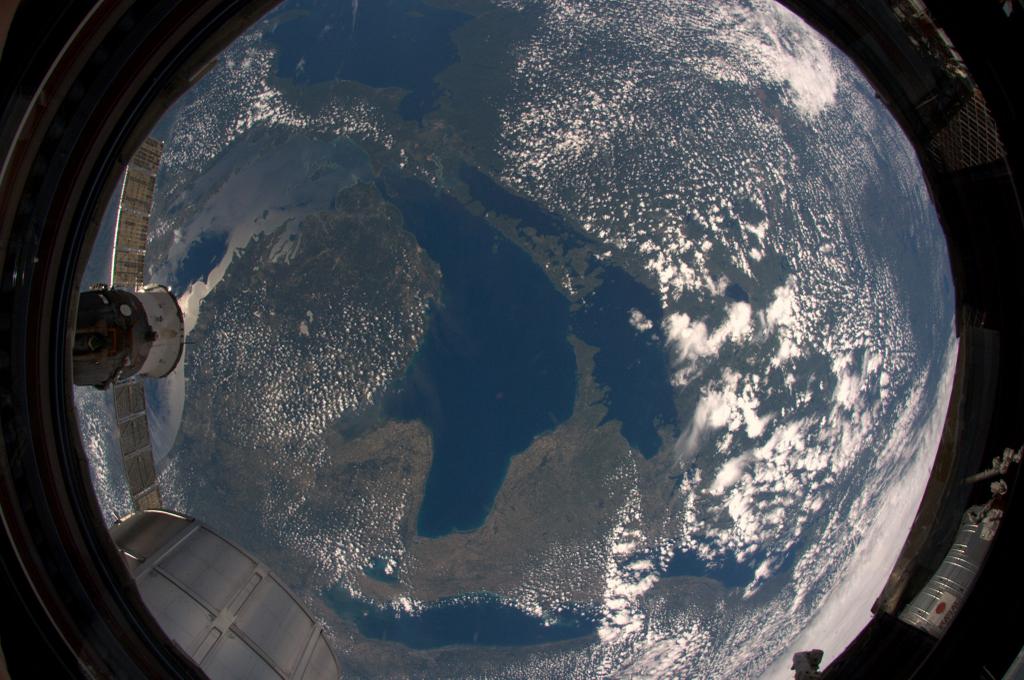
Monday, Sept. 1, 2014: Happy Labor Day from Space.com! Are you relaxing by a lake? European Space Agency astronaut Alexander Gerst of Germany tweeted a photograph of the Great Lakes in North America from the International Space Station on Aug. 21, 2014.
— Tom Chao
Date Night

Tuesday, Sept. 2, 2014: Astrophotographer William Praniski sent in a photo of the night sky over the Chilean town of San Pedro de Atacama, taken July 27, 2014. He mentions in an email to Space.com that he visited northern Chile with his girlfriend to search for the famous dark skies of that region, and this photo sums up his 7-day trip.
— Tom Chao
Going Down to the Laser Show
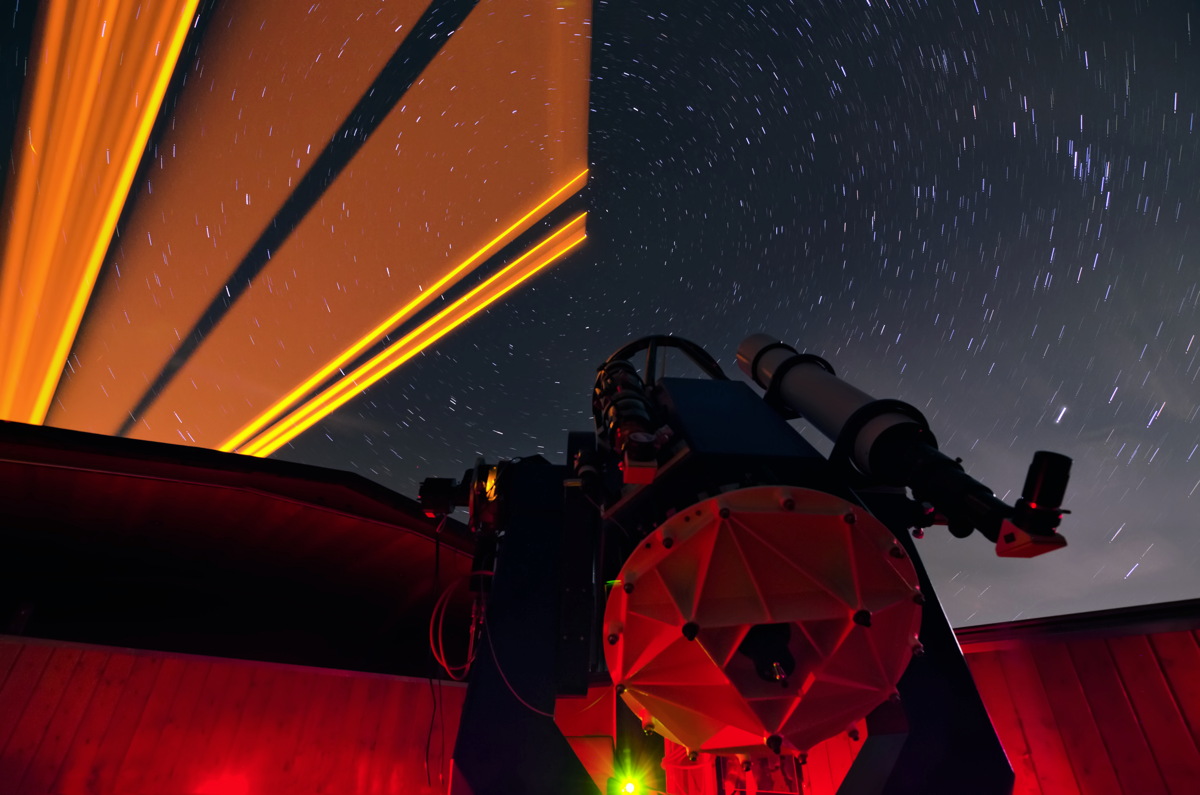
Wednesday, Sept. 3, 2014: A yellow laser beam appears to fan out across the sky over the Allgäu Public Observatory in Ottobeuren, Germany. A long exposure time makes the thin beam spread out in the image, on a night when the observatory was examining the Northern Celestial Pole. The instrument seen here is the facility's 0.6-meter Cassegrain reflector telescope, dating back to 1996. The laser provides a guide star, which can serve as an artificial reference star to help calibrate the adaptive optics of the telescope that minimize atmospheric blurring. Image released Sept. 1, 2014.
— Tom Chao
The Serpent
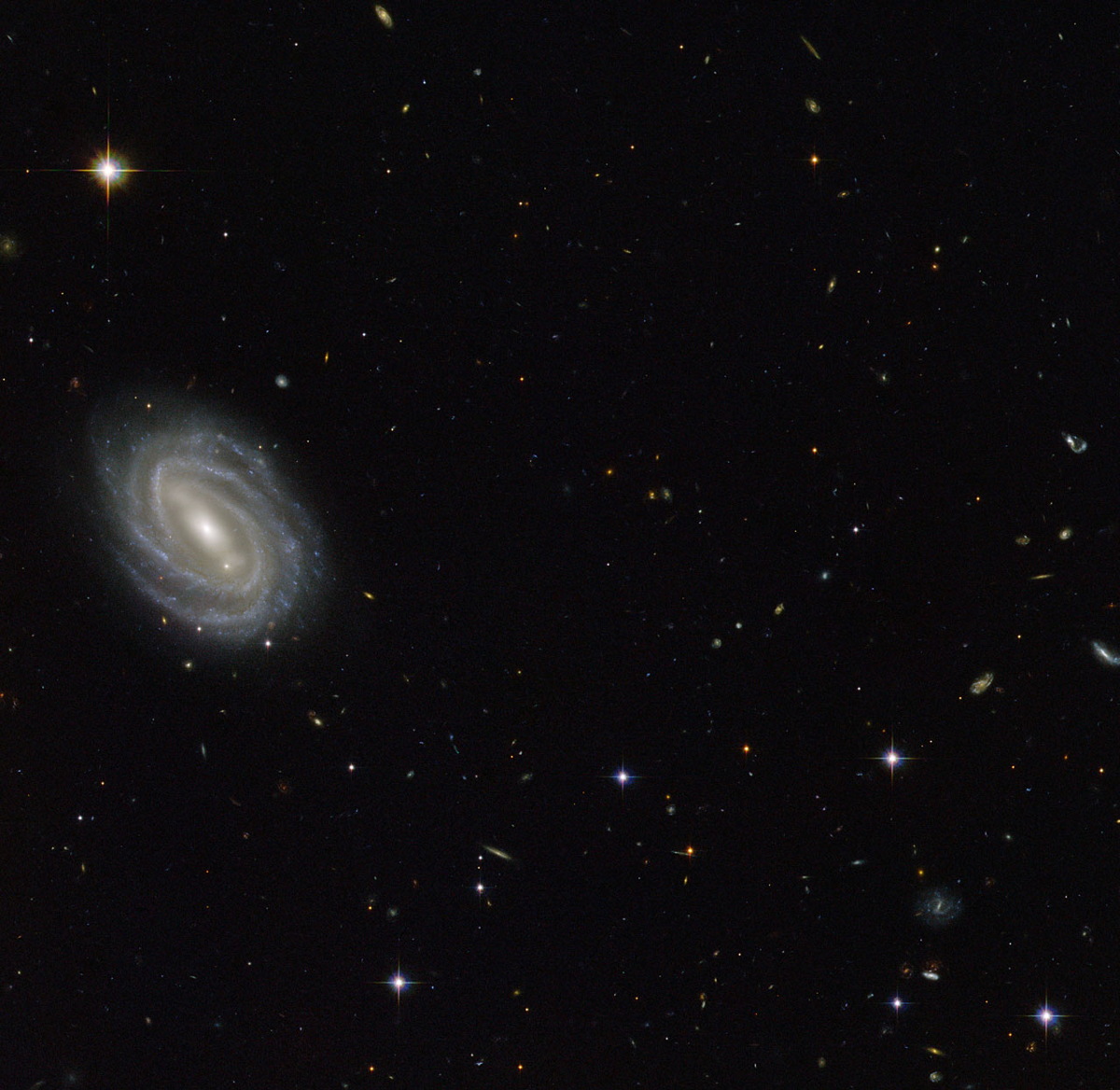
Thursday, Sept. 4, 2014: Spiral galaxy PGC 54493 lies in the constellation of Serpens (The Serpent). Astronomers have studied the galaxy cluster which includes this galaxy while researching the phenomenon known as weak gravitational lensing. This effect arises from the uneven distribution of matter in the universe, including the mysterious substance, dark matter. PGC 55493 interests scientists owing to its connection with cosmic shearing, a weak gravitational lensing effect that minutely distorts images of distant galaxies. Image released Sept. 1, 2014.
— Tom Chao
Having a Blast
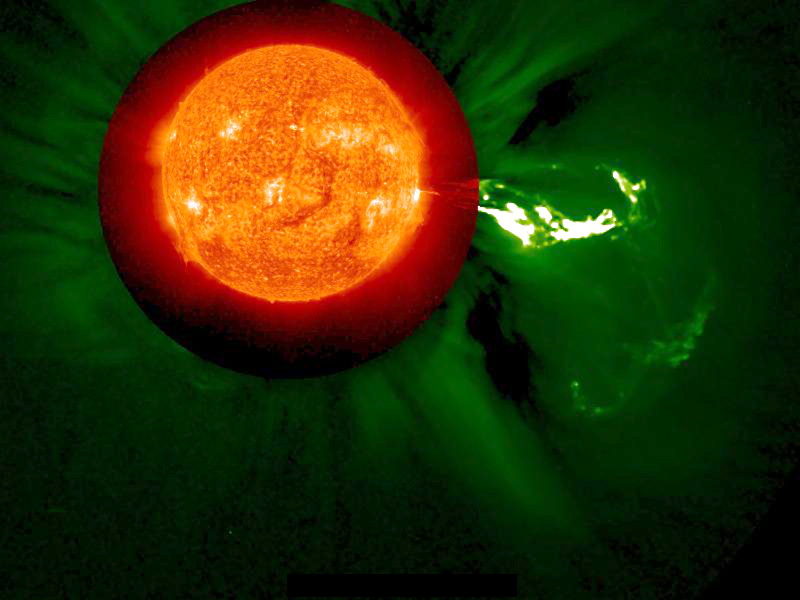
Friday, Sept. 5, 2014: A coronal mass ejection associated with an M-class flare on the sun hurled a long stream of plasma into space on Aug. 24, 2014. Image captured by the STEREO (Behind) spacecraft. A view of the sun in extreme UV light combines here with a broader visible light view of the sun's corona. Much of the plasma lacked sufficient kinetic energy to break free from the sun's gravity, and fell back into the sun.
— Tom Chao
Oh, the Places You’ll Go!
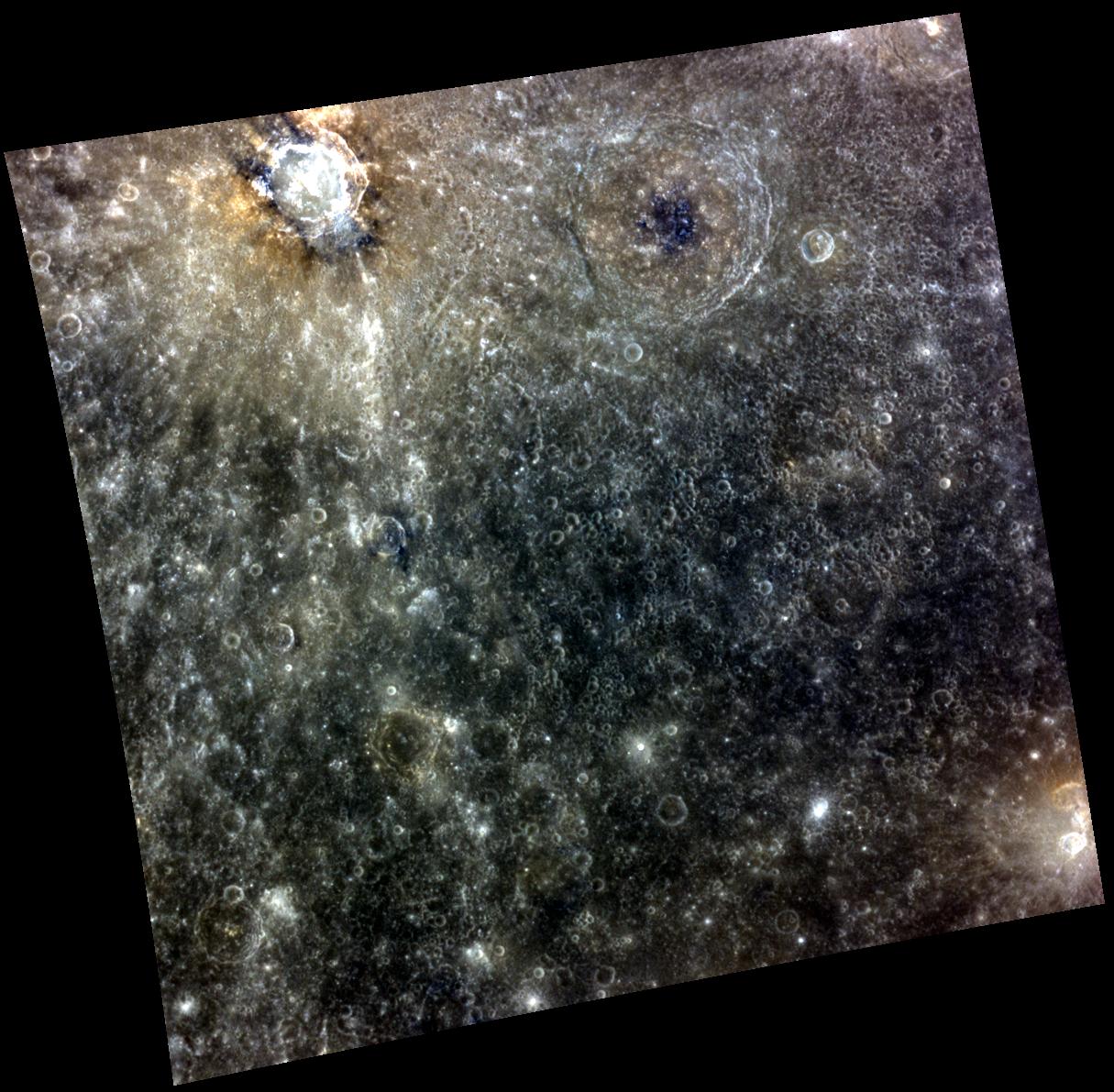
Monday, Sept. 8, 2014: MESSENGER spacecraft in orbit around Mercury spotted Seuss, a complex crater with hollows visible on the crater's floor, at the top left of this image. The hollows appear brightly as blue-white features in this image which has had color enhanced. Just outside of the crater rim, some material appears darker brown, which consists of LRM, or Low Reflectance Material. The impactor that created Seuss probably excavated this material. Bright crater rays extending from Seuss consist of streams of ejecta thrown from the crater upon impact. In the bottom right of the image lies an irregular, orange-yellow depression that may be a volcanic vent.
— Tom Chao
Get the Space.com Newsletter
Breaking space news, the latest updates on rocket launches, skywatching events and more!
I'll Have an Irregular Galaxy
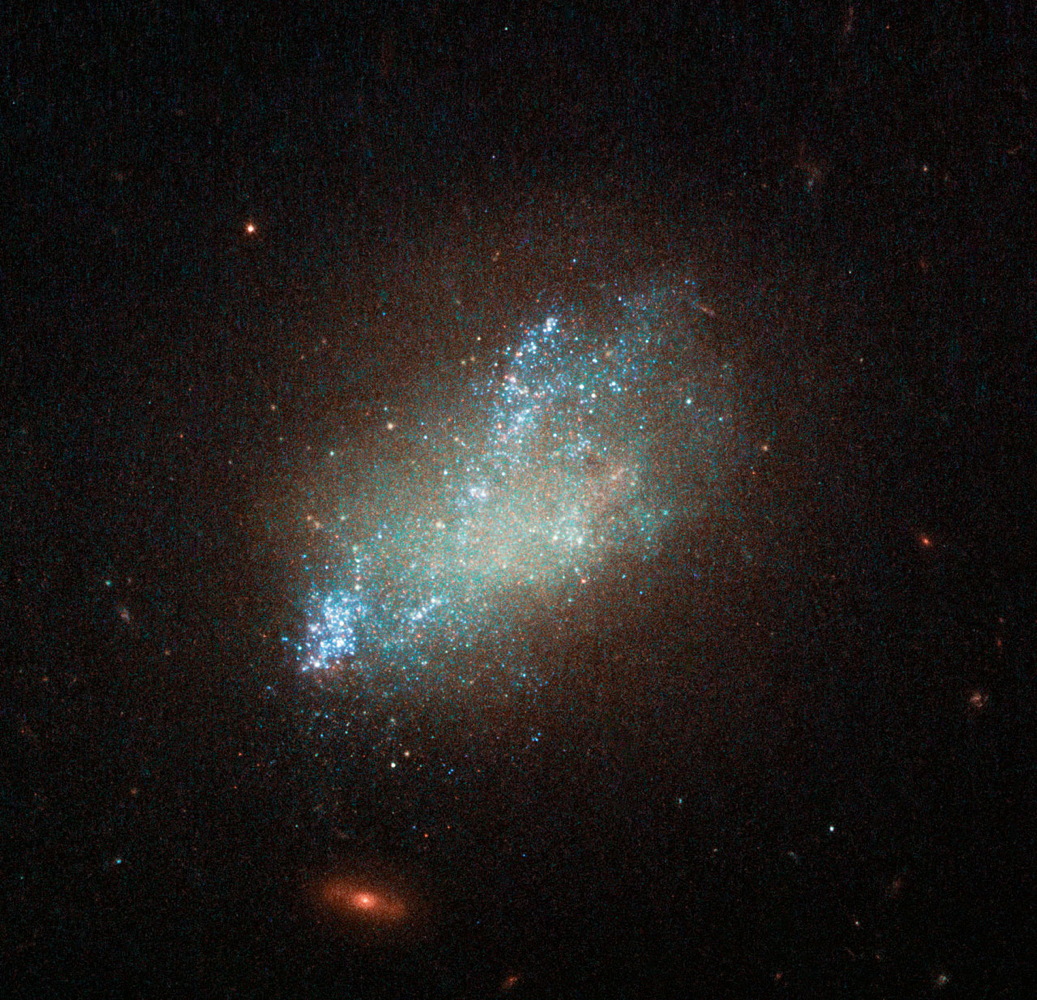
Tuesday, Sept. 9, 2014: Irregular galaxy IC 559 lies beyond the stars of Leo (The Lion) constellation. IC 559’s sparse appearance belies the fact that it contains gas and dust from which new stars spawn. This galaxy, discovered in 1893, lacks a symmetrical spiral appearance. Researchers classify it as a “type Sm” galaxy, an irregular galaxy with some evidence for a spiral structure. IC 559 may have once been a conventional spiral galaxy that experienced distortion by the gravity of a nearby cosmic object. Image released Sept. 8, 2014.
— Tom Chao
But There's a Full Moon Risin'
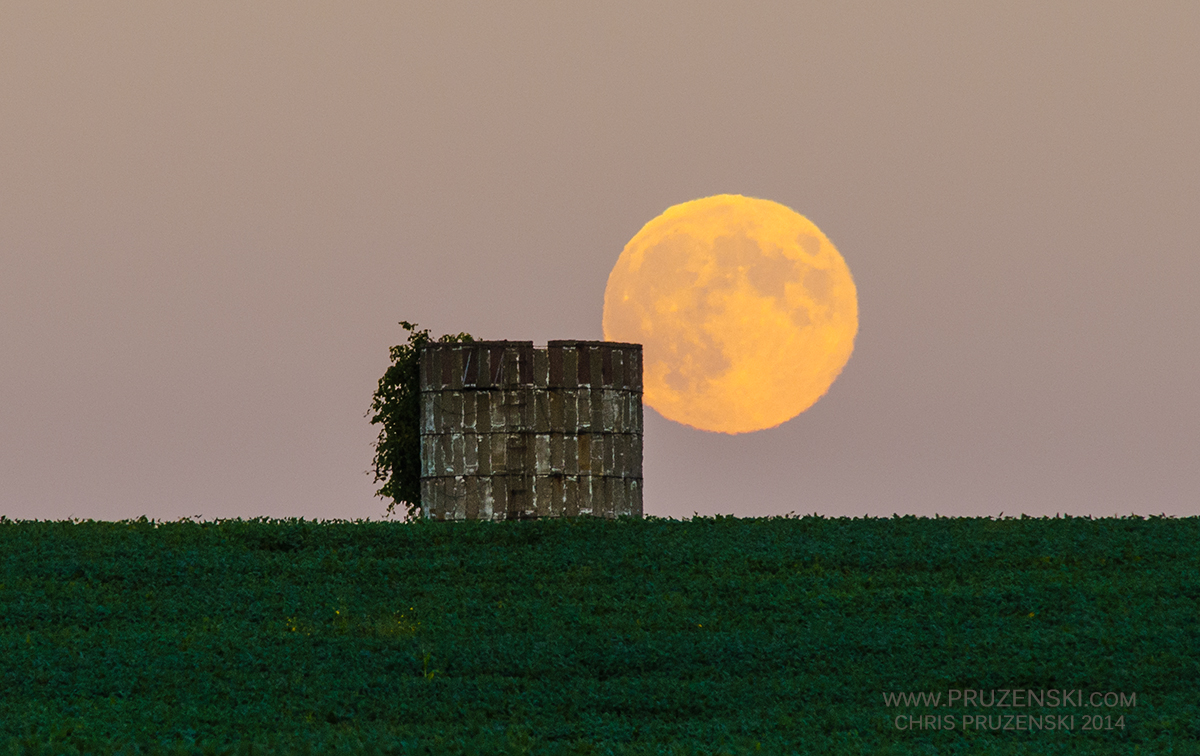
Wednesday, Sept. 10, 2014: Astrophotographer Chris Pruzenski sent in a photo of the Harvest Moon, taken in western New York on Sept. 8, 2014. He writes in an email message to Space.com: "I finally snapped a good full moon photo, and I'm pleased that it happens to be a Harvest Moon and Super Moon all in one package--two birds; one huge celestial stone! It was quite the chase finding this moonrise viewing location with the harvest-themed foreground. I racked up about 80 odometer miles before finding this old silo in Bloomfield, NY … " [See more reader photos of the Harvest Moon here.]
— Tom Chao
A Bigger SPLASH
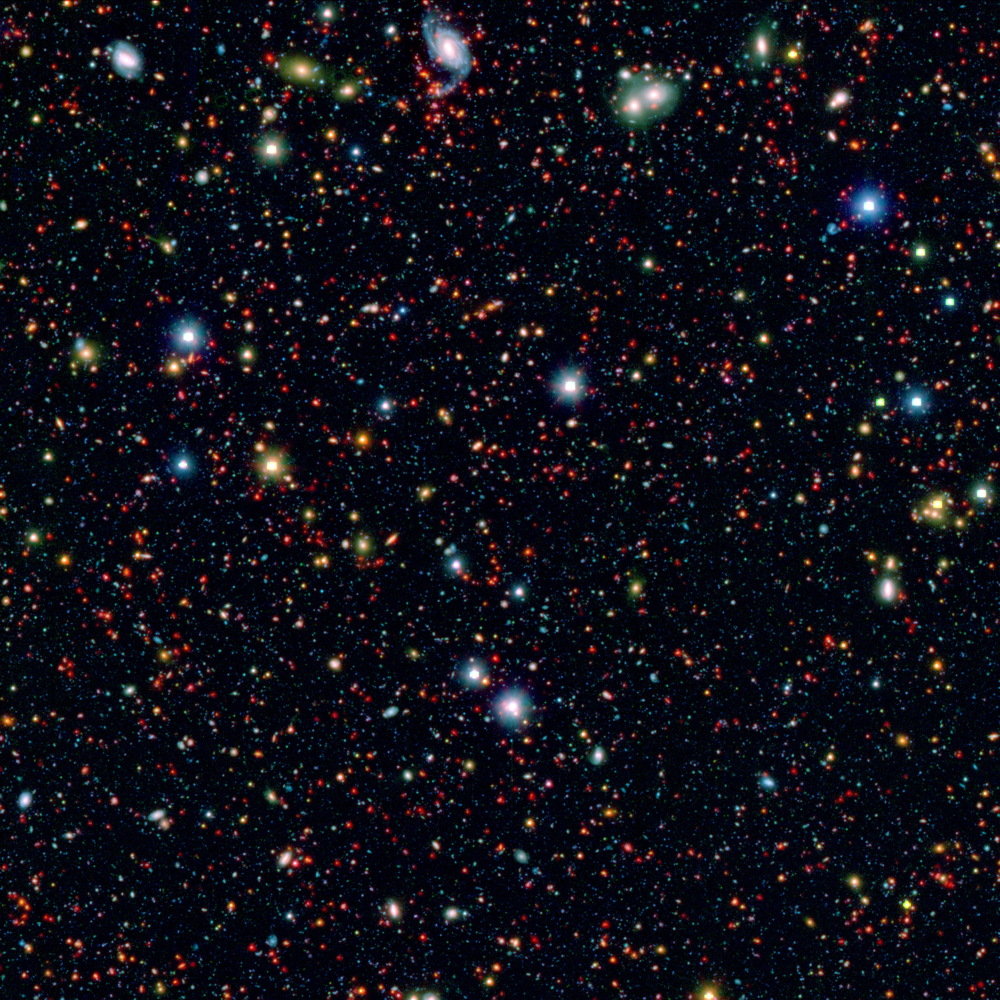
Thursday, Sept. 11, 2014: A portion of the COSMOS (Cosmic Evolution Survey) field contains millions of galaxies. Even the tiniest pinpoints of light in this image represent galaxies, some lying as much as 12 billion light-years away. The square region seen in the center of bright objects indicate the telescope could not handle the brightness there. However, the brightest objects in the field shine more than ten thousand times less faintly than what can the naked eye can detect. The picture combines infrared data from Spitzer (red) and visible-light data (blue and green) from Japan's Subaru Telescope on Mauna Kea in Hawaii. These data made up part of the SPLASH (Spitzer large area survey with Hyper-Suprime-Cam) project. Image released Sept. 9, 2014.
— Tom Chao
Windblown

Friday, Sept. 12, 2014: The tropics of Mars frequently show "Transverse aeolian ridges," or TARs, consisting of small ripples shaped by the wind. These surface features stand up to 20 feet (6 meters) tall, with a few tens of yards (tens of meters) between them. How they form remains a mystery to researchers. These rare banded TARs lie in Iapygia, south of Syrtis Major on Mars. They resemble TARs elsewhere on Mars, except for bands or layers on their northwest faces which do not appear on the southeast sides. Possibly the ripples grew vertically, as material collected at the crests of the ridges.
— Tom Chao
Join our Space Forums to keep talking space on the latest missions, night sky and more! And if you have a news tip, correction or comment, let us know at: community@space.com.

Space.com is the premier source of space exploration, innovation and astronomy news, chronicling (and celebrating) humanity's ongoing expansion across the final frontier. Originally founded in 1999, Space.com is, and always has been, the passion of writers and editors who are space fans and also trained journalists. Our current news team consists of Editor-in-Chief Tariq Malik; Editor Hanneke Weitering, Senior Space Writer Mike Wall; Senior Writer Meghan Bartels; Senior Writer Chelsea Gohd, Senior Writer Tereza Pultarova and Staff Writer Alexander Cox, focusing on e-commerce. Senior Producer Steve Spaleta oversees our space videos, with Diana Whitcroft as our Social Media Editor.









